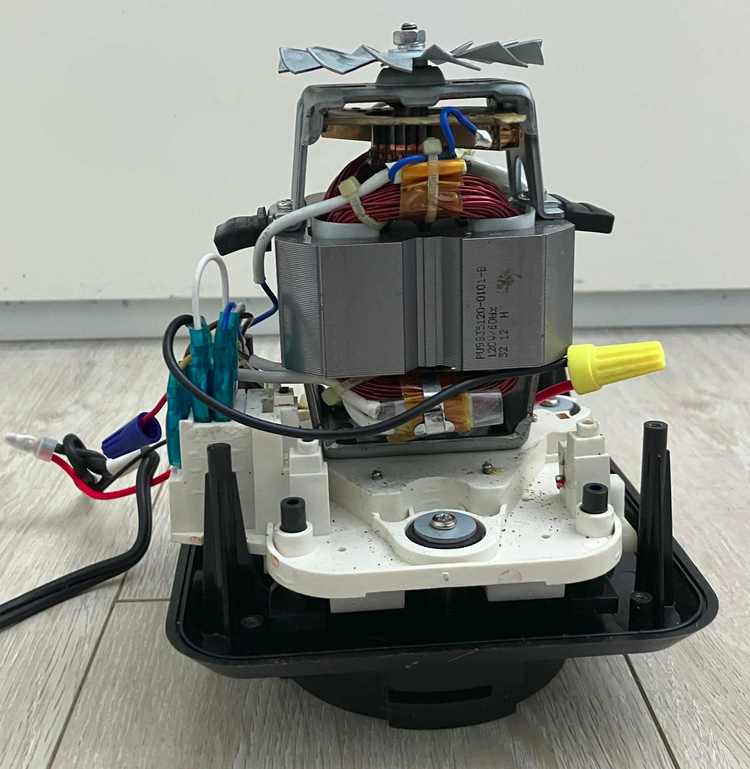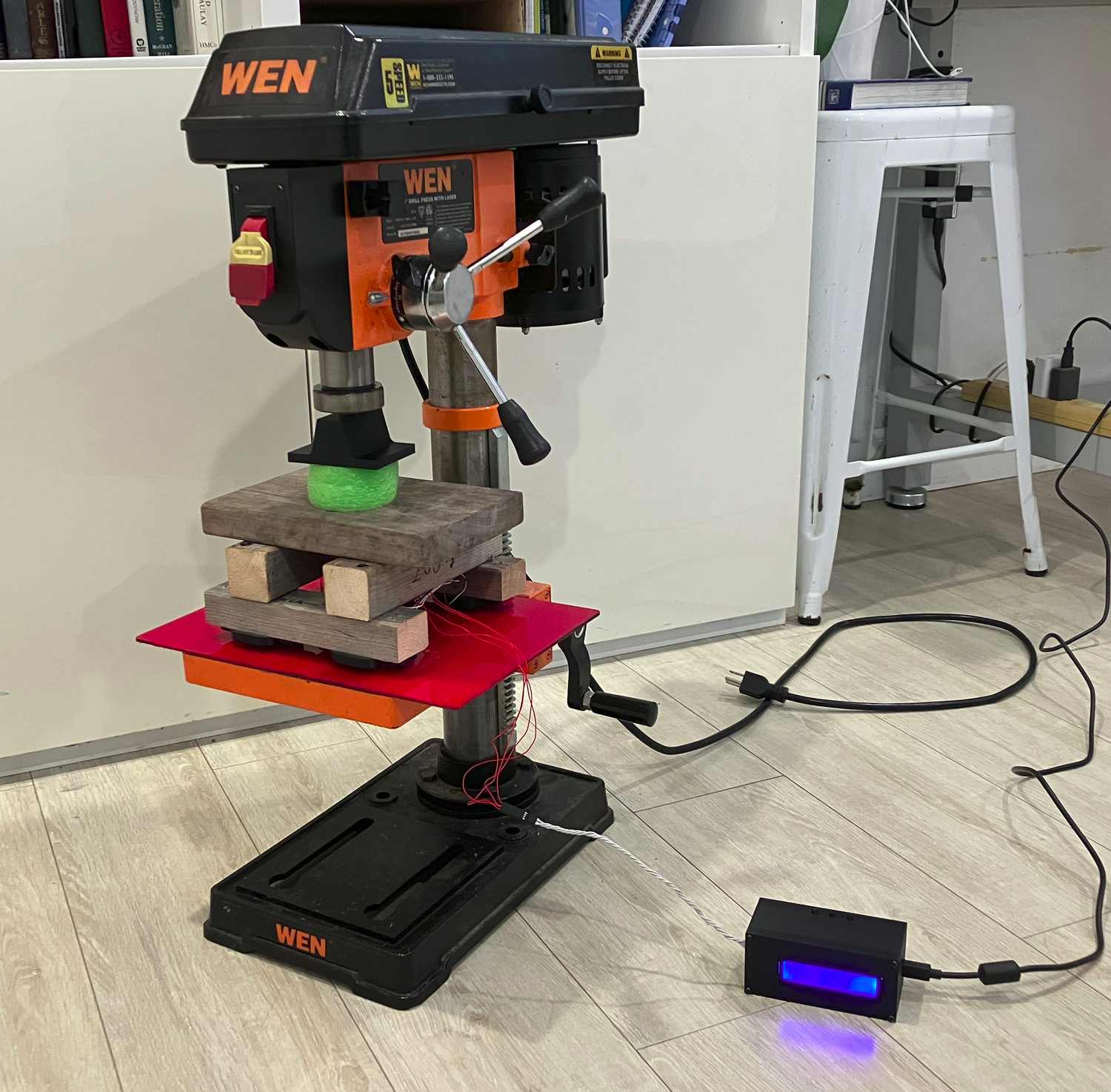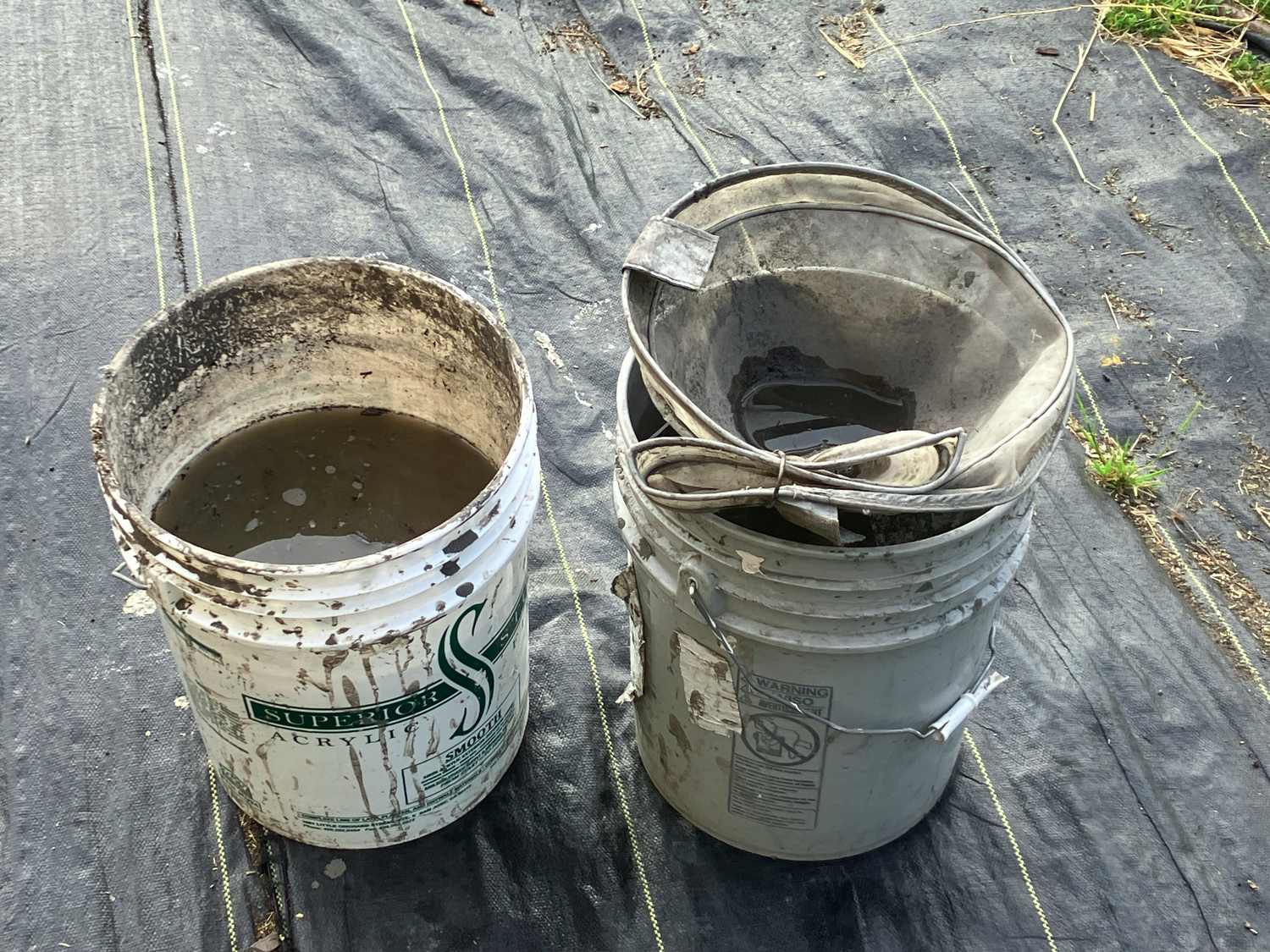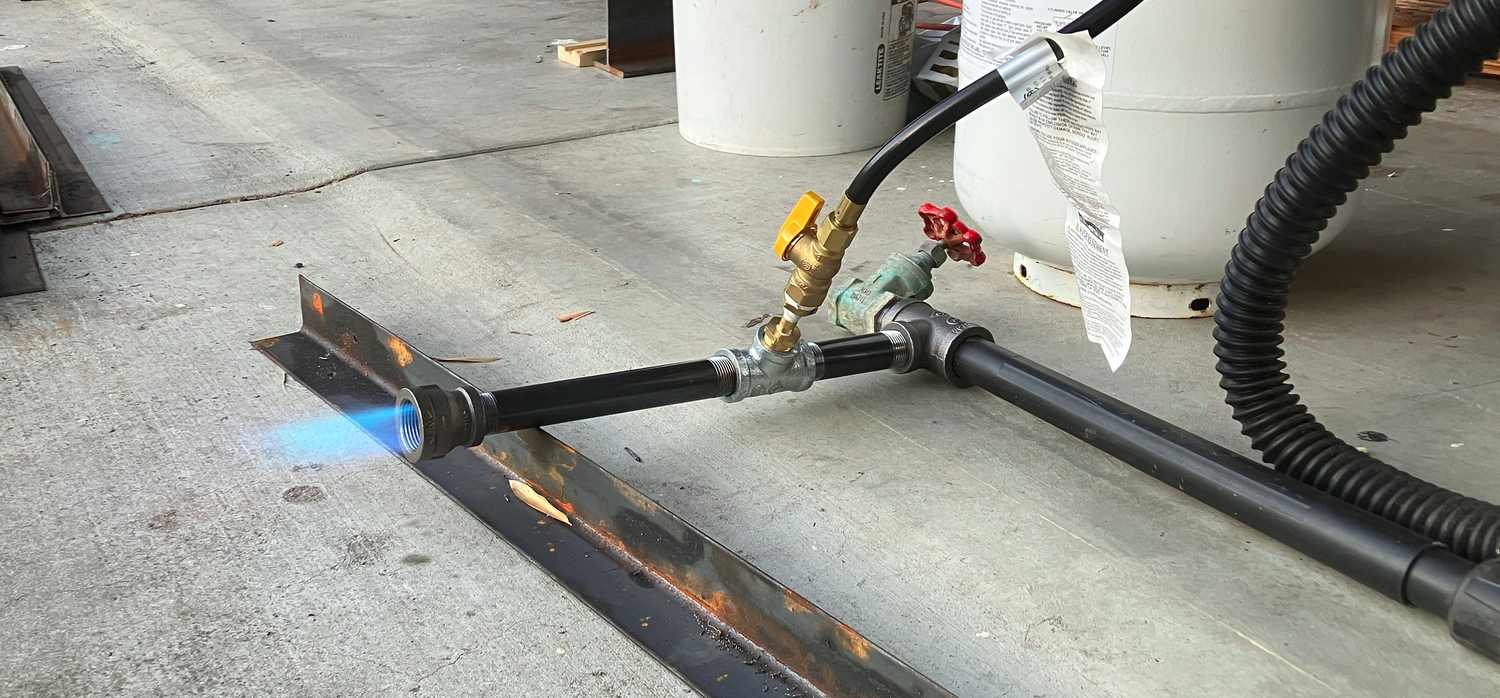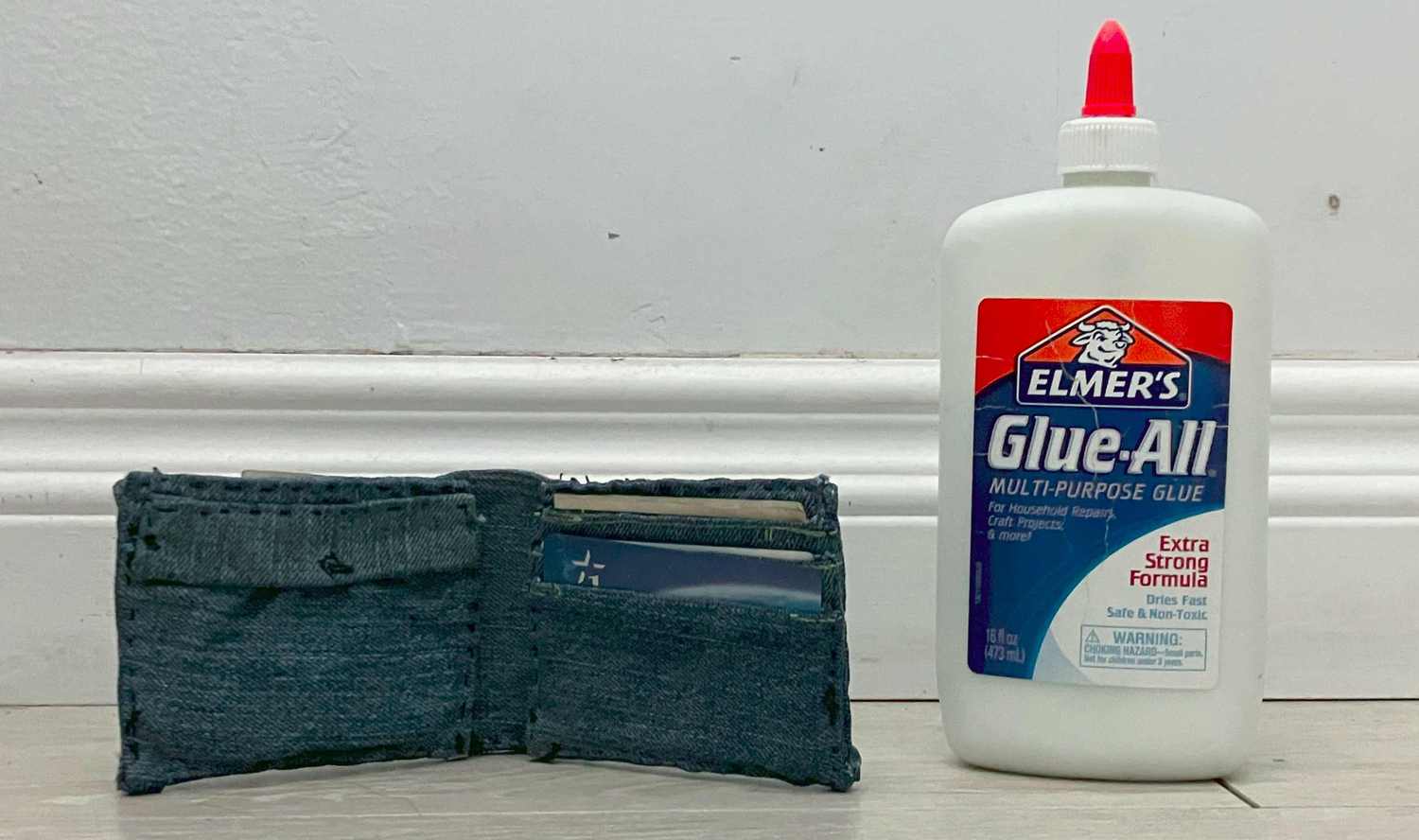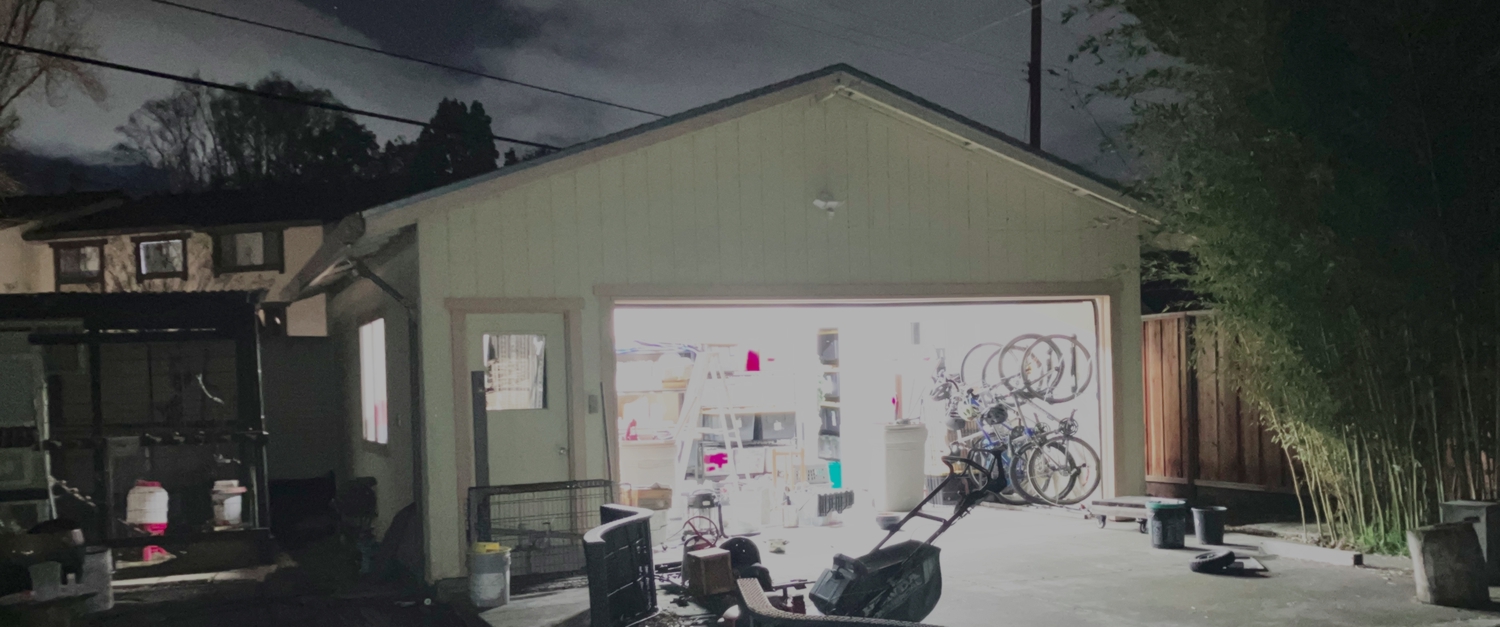-
I picked up a broken blender from a neighbor, hoping to fix it and use it for my own projects. The blender is powered by a 1500 W universal motor, whose speed is controlled by a TRIAC. A safety switch prevents the motor from running, even if it receives power from the mainboard, unless a blender bowl is put on with its lid in place. It also shorts out the motor when the bowl is removed, possibly as a safety feature to brake the motor if the bowl is suddenly removed rather than let it coast to a stop. A…
-
In a recent science fair project, I used a drill press as a press for strength testing. Drill presses are designed to exert fairly high forces while keeping the spindle perfectly straight. Pretty much all drill presses also have some provision to measure downwards travel, allowing the measurement of strain. Additionally, the self-holding Jacobs taper used to mount chucks can be used to mount 3D-printed test fixtures. This all makes drill presses a good choice for a DIY compressive or flexural strength-testing machine that you may already have at home. Unfortunately, since the Jacobs taper will release if you …
-
This Repair Café occurred at the Central Park Library in Santa Clara. The first thing I worked on was a boom box from the 2000’s where the cassette player was playing very slowly and softly. As suspected, the belts inside were very loose, causing the capstans to turn slower than normal. There were no replacement belts available, and we couldn’t find an o-ring that fit either. The owner declined to purchase replacement belts online. At any rate, we found that replacing the belts would have meant a considerably involved disassembly, so the owner decided to abandon the tape deck and…
-
In this blog post, I detailed several ways of using backyard clay. The method that produced the best results was levigation, in which clay was suspended in water while impurities floated to the top or settled out. The clay-water was poured off and allowed to settle for a long time, after which the water was poured off from the settled clay. My mistake was severely underestimating the amount of clay that can be suspended in water. I initially thought that it worked something like the dissolution of ionic compounds, where clay particles go into suspension until the water can hold…
-
Introduction I’m trying to get better at casting, and this involves building a proper furnace to melt metals like aluminium and copper instead of just ones that can melt on a stovetop, like zinc. This mainly involves two things: the furnace’s body, and a burner. There are a few different types of burners that are used by hobbyists, and the most common are solid fuel, propane, and oil. Solid fuel furnaces are very easy to make, but don’t get very hot and are expensive to run. Propane burners are a bit harder to make, less expensive to run, and get…
-
I know I’m definitely not the first person to think of this, but I tried it yesterday and it works so well: using PVA glue (Elmer’s glue-all) to stiffen fabric. The back-story is this: I finally needed a proper wallet, so I made one myself using some denim from old jeans. Unfortunately, it was way too floppy and the large pocket in the back for putting dollar bills was so loose it would let the bills fall out really easily. As a last-ditch effort to fix it before just buying a proper wallet, I decided to try mixing some glue…
-
This was a fairly quiet event held at the Dr. Martin Luther King Jr. library at SJSU. I spent most of the time working on a Thinkpad W530 laptop that another fixer had salvaged from his neighbor’s garbage, wanting to save it from the landfill. He didn’t know how it failed. After running many, many tests on the laptop, we gained the following information: Installing/removing the hard drive, CD drive, and CMOS battery did not affect operation. With the RAM and battery installed and the laptop plugged in, the laptop would run a POST (power-on self test), show the Thinkpad…
-
This Repair Café occurred at the Mountain View Senior Center from 11:00 to 3:00. The first item was a Presto heat dish that wouldn’t turn on; the bimetallic thermostat was completely destroyed. Unfortunately, an exact replacement was not to be found in the Repair Café’s store of spare supplies, so I took a thermostat with a slightly different mounting bracket and bent the legs outward slightly until it would fit. the mangled thermostat I also had a look at an air fryer whose pot-detecting circuitry wasn’t working. After confirming that the pot switch (that button at the bottom of the…
-
This was my 2025 Synopsys Science Fair project. Regrettably, I didn’t get to spend as much time as I’d have liked on it. Introduction Clay is an extremely important material because it is cheap (often literally dirt on the ground), durable, and easy to work by pressing, casting, or forming. However, drying clay parts presents challenges since the ideal drying rate is a balance between minimizing drying time and preventing uneven drying. This is particularly important for prototyping or experimentation where many iterations must be made in sequence. In practice, an ideal drying rate is difficult to obtain in ambient…
-
A problem that I’ve had is that I keep forgetting to close the garage door at night, which lets in the elements (and also rats). After being pestered for some time by my parents to find a solution, I finally came up with this. The solution is to turn on the overhead lights any time the garage door is open at night. Since the garage is in plain view of my house, this makes it really obvious when the door is open. Unlike something that automatically closes the door, a solution like this doesn’t need control of the garage door…

